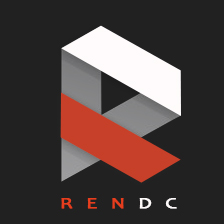To create a Printers container in which to list your printers in Active Directory:
1) Click Start, point to Programs, point to Windows 2000 Support Tools, point to Tools, and then click ADSI Edit.
2) Expand Domain NC [Domain Name], and then click DC=Domain, DC=com.
3) On the Action menu, point to New, and then click Object.
4) In the Select a class box, click container, and then click Next.
5) In the Value box, type Printers, and then click Next.
6) Click Finish.
A CN=Printers container appears in the right pane of ADSI Edit.
1) Right-click CN=Printers, and then click Properties.
2) Click the Attributes tab.
3) In the Select a property to view box, click "show In Advanced View Only", and then click Clear.
4) In the Edit Attribute box, type false, click Set, and then click OK.
5) Quit ADSI Edit.
6) Click Start, point to Programs, point to Administrative Tools, and then click Active Directory Users and Computers. The Printers container that you created appears in the list of directory objects.
7) On the View menu, click Advanced Features.
8) On the View menu, click Users, Groups, and Computers as containers.
9) Move the printers that you want to the Printers container.
10) Quit Active Directory Users and Computers.


